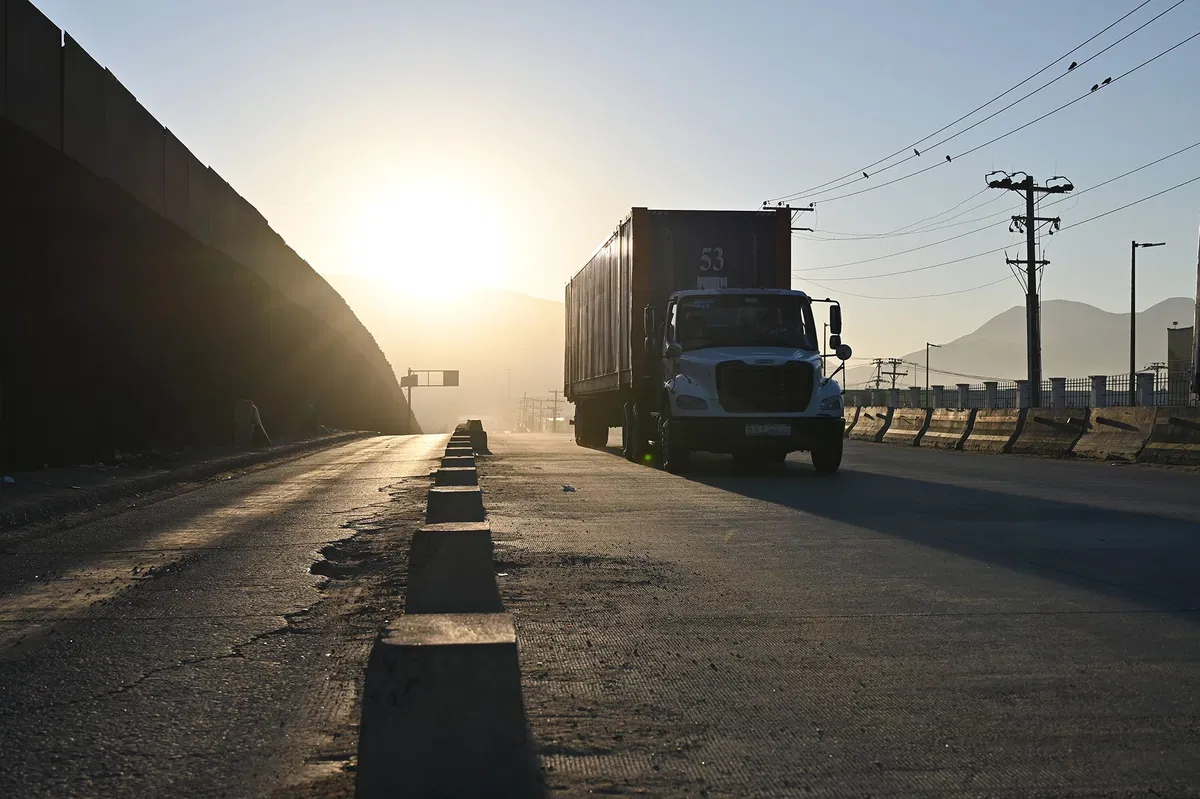President Donald Trump’s administration has promised that its aggressive tariff strategy would ignite a new manufacturing renaissance in the United States, bringing jobs and economic prosperity. However, the initial results suggest the opposite. The industries most directly impacted by these tariffs—including manufacturing, construction, and transportation—are experiencing a concerning trend: job losses. This stands in stark contrast to the intended outcome of boosting domestic employment and strengthening American industries. The data indicates that job growth in these tariff-exposed sectors turned negative shortly after the trade war began. While job growth in other, non-tariff-impacted sectors continues, it is at a much slower pace than before the new trade policies were enacted. This slowdown in key industries is contributing to a broader cooling of the entire US labor market, with the overall pace of job growth weakening considerably over the past few months.
Economists point to two primary reasons why the trade strategy appears to be backfiring. First, the constant policy changes and retaliatory tariffs have created enormous uncertainty for businesses. This has a paralyzing effect on companies, making them hesitant to hire new workers or invest in new projects until there is greater clarity on the future of trade relations. Second, the tariffs themselves, particularly on essential materials like steel and aluminum, have raised costs for the very same US manufacturers they were meant to help. By increasing the price of these key inputs, the tariffs have squeezed profit margins and made it more difficult for domestic companies to compete, leading them to shed workers rather than hire them. This paints a complex picture where the intended benefits of the tariffs are being outweighed by their unforeseen negative consequences on business confidence and operational costs. For a broader perspective on the US economy, you can visit the official site for the Bureau of Labor Statistics at https://www.bls.gov/.
The Labor Market in Flux: Beyond Tariffs
While tariffs are a significant factor, they are not the only force at play in the slowing US labor market. Another major policy area affecting employment is the administration’s crackdown on immigration. Some economists argue that the job market is suffering from a reduced supply of workers, particularly in industries heavily reliant on foreign-born labor, such as construction. Data suggests a notable decline in foreign-born employment over the past year, which, combined with the economic uncertainty from tariffs, is creating a double-whammy effect.
This combination of supply-side constraints and demand-side uncertainty from trade policy is painting a picture of a labor market under considerable strain. The result is a growing sense of pessimism among Americans about their ability to find new jobs, a sentiment that has been reflected in recent survey data from the New York Federal Reserve. The survey indicated that consumer confidence in finding a new job has fallen to its lowest point in years, a trend seen across various income and education levels. To learn more about economic indicators and consumer sentiment, the Federal Reserve website at https://www.federalreserve.gov/ is an excellent resource.
Government Response and Future Outlook
Despite the concerning economic data, Trump administration officials have largely dismissed these reports, maintaining that their policies will eventually lead to a jobs boom. They argue that it takes time for the effects of sweeping tax cuts and deregulation to translate into a significant increase in manufacturing and construction jobs. The argument is that these policies have laid the groundwork for future investment and hiring, even if the immediate data is not favorable. Treasury Secretary Scott Bessent has stated that economic policy should not be based on just a few months of data and that the administration remains confident in its long-term strategy.
However, many economists remain skeptical, suggesting that without greater clarity on trade policy, businesses will continue to delay hiring and investment decisions. The hope is that as businesses gain a better understanding of where tariff disputes will settle, the pressure on the labor market will ease, allowing for a rebound in hiring later in the year. Ultimately, the debate highlights the complex and often unpredictable nature of large-scale economic policy. The connection between trade wars, immigration policies, and the labor market is becoming increasingly evident, and the outcome of these intersecting forces will determine the trajectory of the US economy. For more detailed analysis on trade policy and its economic impact, you can find information at the Council on Foreign Relations at https://www.cfr.org/ and the Peterson Institute for International Economics at https://www.piie.com/.



